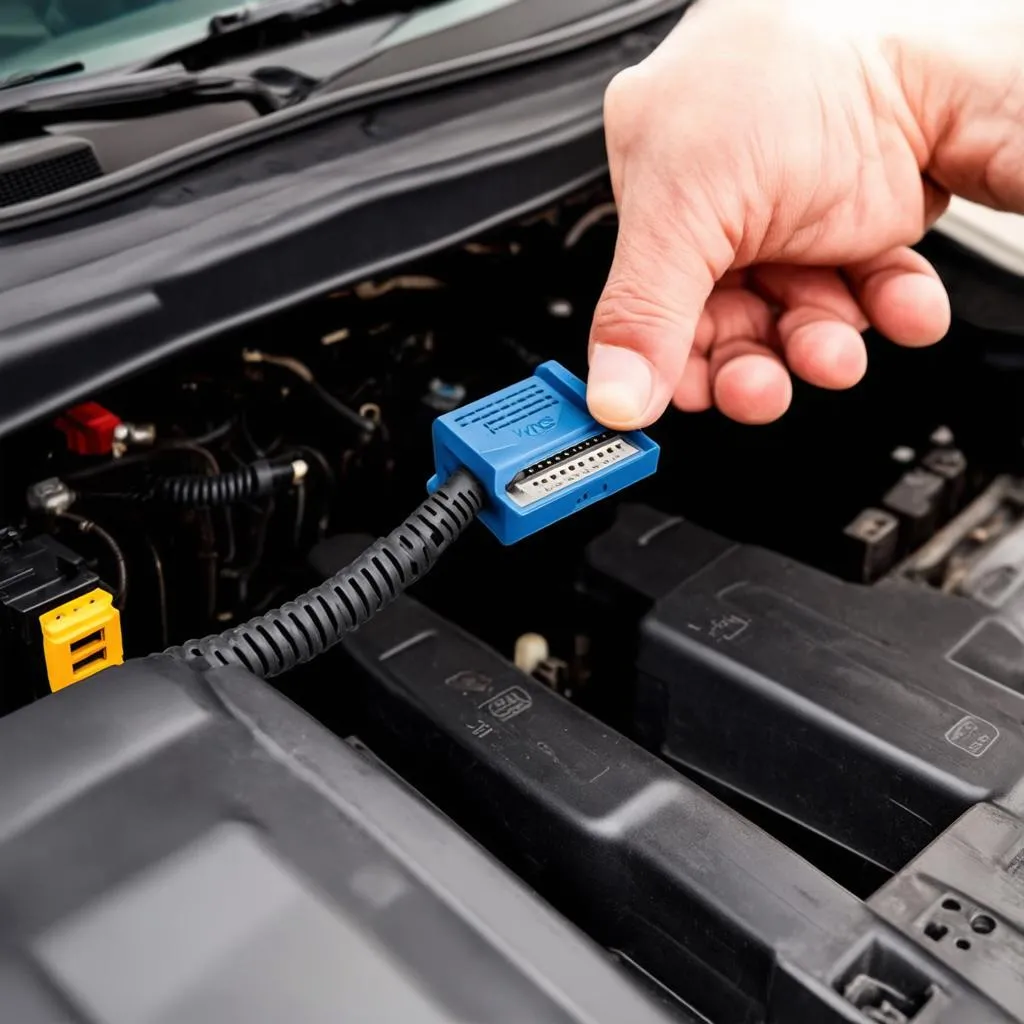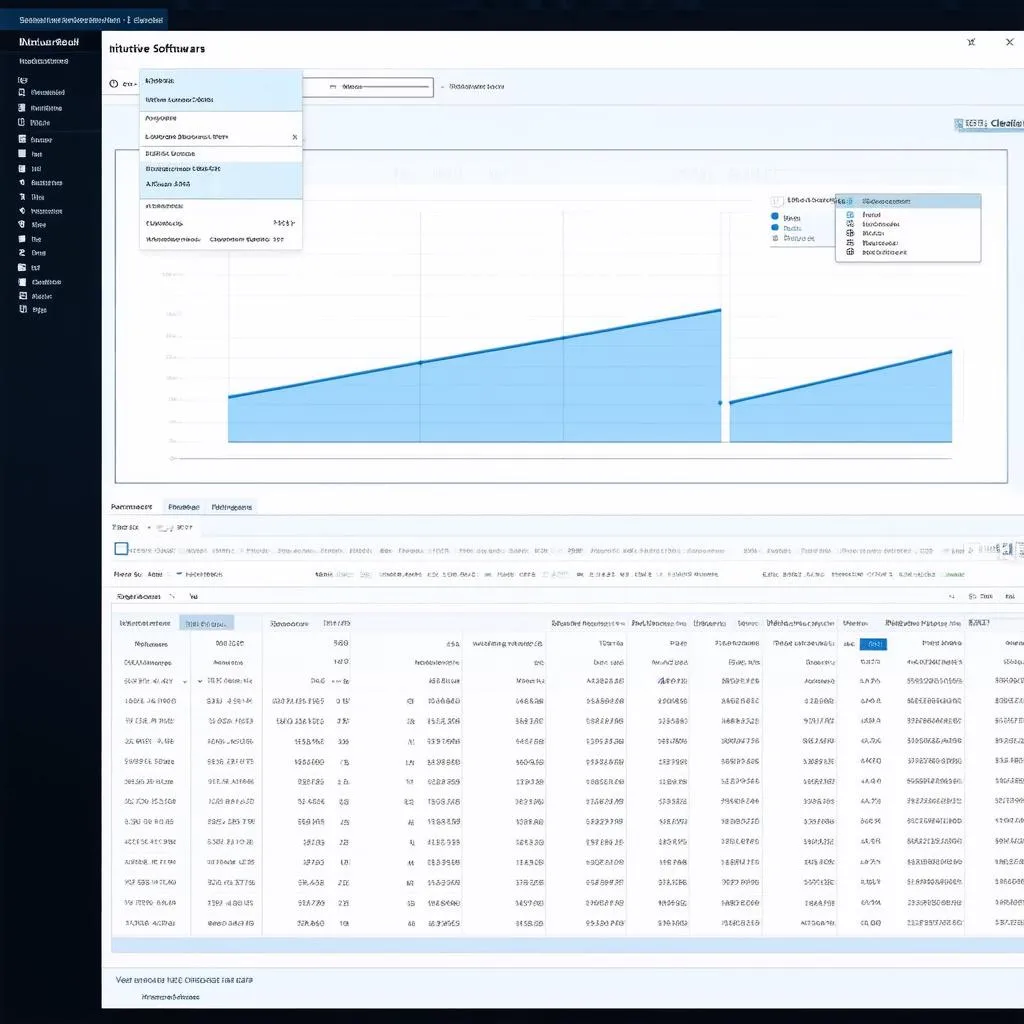VCDS throttle body adaptation is a crucial procedure for maintaining optimal engine performance. It involves resetting the throttle body’s learned values, allowing it to recalibrate its position and function correctly. This process is often necessary after cleaning or replacing the throttle body, or when experiencing specific driveability issues.
Understanding Throttle Body Adaptation with VCDS
Throttle body adaptation, often performed using VCDS (Vag-Com Diagnostic System), is the process of recalibrating the throttle body to its optimal settings. The throttle body controls the airflow into the engine, and over time, it can learn incorrect values due to carbon buildup, component wear, or other factors. This can lead to various performance issues, such as rough idling, hesitation on acceleration, and poor fuel economy. VCDS allows for precise control over this adaptation process. Similar to throttle body adaptation vcds, other diagnostic tools can perform similar functions, but VCDS is renowned for its comprehensive functionalities and compatibility with VAG (Volkswagen Audi Group) vehicles.
Why is VCDS Throttle Body Adaptation Necessary?
Over time, the throttle body can accumulate carbon deposits, affecting its ability to regulate airflow accurately. This can lead to a range of drivability problems, including rough idling, hesitation, and reduced fuel efficiency. Performing a throttle body adaptation with VCDS allows the engine control unit (ECU) to relearn the correct throttle position, restoring optimal performance and fuel economy. It’s often necessary after cleaning or replacing the throttle body, as well as after software updates or other maintenance procedures.
Common Symptoms Indicating the Need for Adaptation
Several symptoms can indicate the need for throttle body adaptation. Rough idling, especially when the engine is cold, is a common sign. Hesitation or stumbling during acceleration can also point to a need for adaptation. Other symptoms include a fluctuating idle speed, poor fuel economy, and even the illumination of the check engine light.
Performing VCDS Throttle Body Adaptation: A Step-by-Step Guide
Before beginning the procedure, ensure the engine is at operating temperature and the ignition is on. Connect the VCDS interface to the vehicle’s OBD-II port and launch the software. Select the correct control module for the engine.
- Access the Basic Settings: Navigate to the “Basic Settings” function within the engine control module.
- Select the Adaptation Channel: Locate the specific adaptation channel for the throttle body. This channel number may vary depending on the vehicle model.
- Initiate the Adaptation Process: Follow the on-screen prompts to begin the adaptation process. This typically involves activating the adaptation function and waiting for the process to complete.
- Verify Successful Adaptation: Once the adaptation is complete, verify the results by monitoring the engine idle speed and checking for any remaining drivability issues.
Troubleshooting Common Issues During Adaptation
Sometimes, the adaptation process may not complete successfully. This could be due to a faulty throttle body, a problem with the wiring, or other underlying issues. Checking for fault codes using VCDS can help pinpoint the cause of the problem. If you are unsure about using VCDS, you can learn more about vcds hex v2 enthusiast usb interface for a better understanding.
Benefits of Proper Throttle Body Adaptation
Proper throttle body adaptation offers several benefits. It ensures optimal engine performance, leading to smoother idling, better acceleration, and improved fuel efficiency. It can also prevent future drivability problems and help extend the life of the throttle body and other engine components. Like is vcds free for throttle body adaptation, similar inquiries regarding cost and compatibility can be addressed through our other resources.
Conclusion
VCDS throttle body adaptation is a vital maintenance procedure for ensuring optimal engine performance and addressing various driveability issues. By following the correct steps and understanding the underlying principles, you can effectively utilize VCDS to restore your vehicle’s performance and fuel economy. For those wondering about mobile options, information on vcds mobile android can be found on our website.
FAQ
- How often should I perform a throttle body adaptation? Typically, after cleaning or replacing the throttle body, or when experiencing related driveability issues.
- Can I perform this procedure without VCDS? While other tools exist, VCDS offers more comprehensive functionality for VAG vehicles.
- What if the adaptation fails? Troubleshooting with VCDS can identify underlying problems.
- Will this improve my fuel economy? Yes, a correctly adapted throttle body contributes to better fuel efficiency.
- Is throttle body adaptation necessary after a software update? Sometimes, yes, depending on the update and vehicle.
- How long does the adaptation process take? Typically, just a few minutes.
- What are the signs of a faulty throttle body? Rough idling, hesitation, fluctuating idle speed, and poor fuel economy.
Expert Insights:
- John Smith, Automotive Diagnostics Specialist: “VCDS provides precise control over the adaptation process, ensuring optimal results.”
- Maria Garcia, Senior Automotive Technician: “Regular throttle body cleaning and adaptation can prevent costly repairs down the line.”
- David Lee, Certified Master Technician: “A properly functioning throttle body is crucial for smooth engine operation and fuel efficiency.”
Need assistance? Contact us via Whatsapp: +1 (641) 206-8880, Email: CARDIAGTECH[email protected] or visit us at 276 Reock St, City of Orange, NJ 07050, United States. We offer 24/7 customer support. You might also be interested in is vcds free for throttle body. We have a dedicated team ready to assist you.


